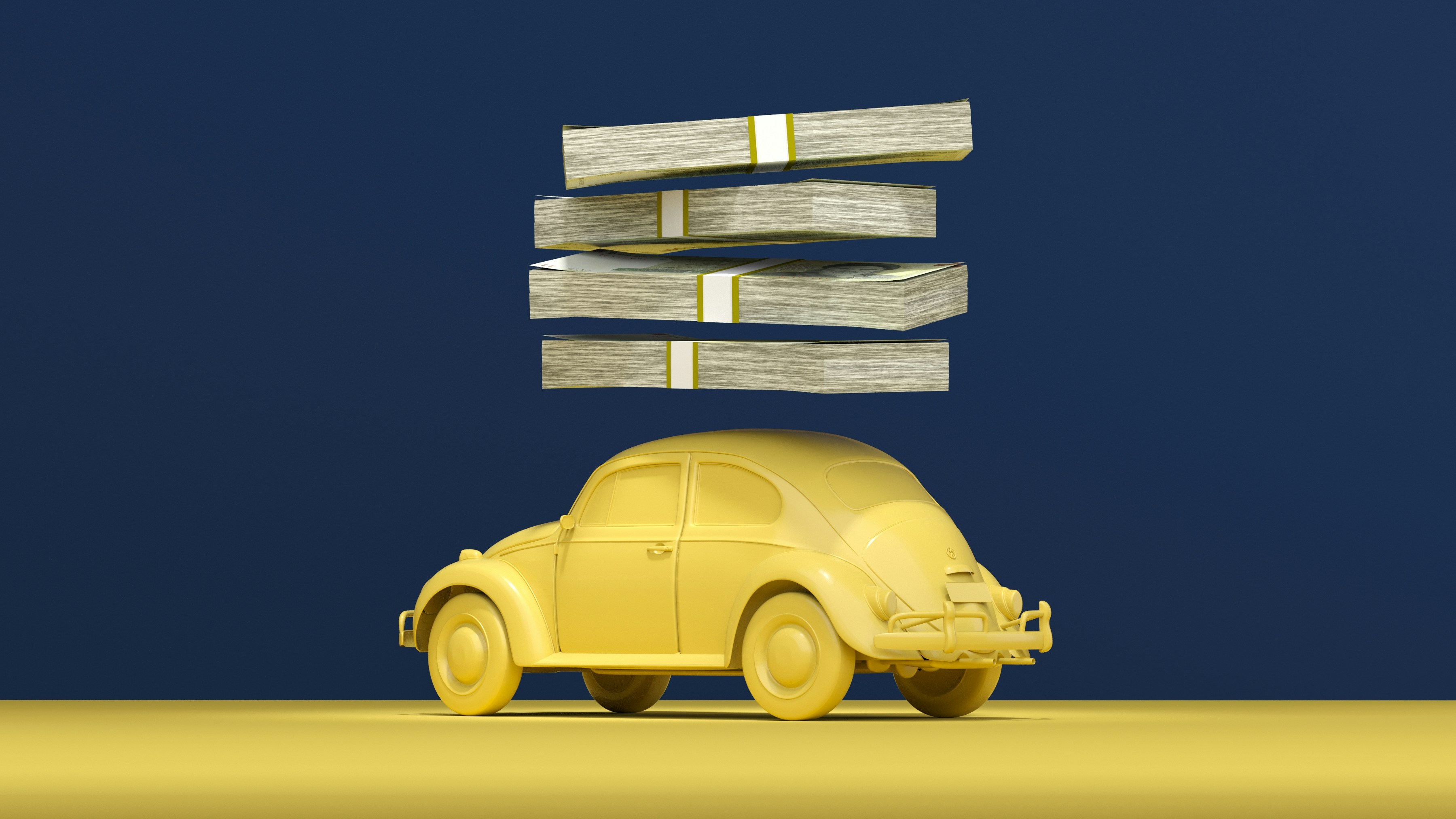Shaping the Future: Pioneering the Use of 3D Printing in Automotive Manufacturing
From a layman's tool for creating small-scale replicas to a revolutionary technology altering entire industries, 3D printing has firmly gripped the realm of manufacturing. Its impact is particularly notable in the automotive world, where it has potential to redefine production norms and open new avenues for creative design and engineering excellence. Let's delve into this fascinating technology and explore how it's shaping the future of car manufacturing.

The Genesis of 3D Printing in Automotive Production
With the first patent for 3D printing technology filed in the 1980s, its initial applications were far from the automotive assembly line. However, as the technology matured and evolved, automotive manufacturers began to notice its potential. From crafting complex prototypes to producing bespoke parts, 3D printing gradually infiltrated the automotive industry, offering a fresh perspective on manufacturing processes.
Reshaping Production Norms: The Current Scenario
Today, 3D printing is no longer confined to prototyping. With advancements in technology, it is now used to produce final parts for cars, especially for high-end and luxury models. The technology allows manufacturers to create intricate designs that were previously impossible or too expensive to produce using traditional methods. For instance, Bugatti uses 3D printing to create the titanium brake caliper for its Chiron model, a feat that would be unimaginably complex with conventional manufacturing techniques.
The Expected Impact: A New Era of Customization
The adoption of 3D printing in automotive production is set to revolutionize the industry by paving the way for customization on an unprecedented scale. As the technology becomes more mainstream and cost-effective, we could see a future where buyers can customize their vehicles’ parts, from the dashboard design to the gear knob. This potential for personalization could redefine car ownership and bring a whole new meaning to the term ‘custom-built.’
The Roadblocks: Challenges and Limitations
While the prospects are exciting, 3D printing in automotive manufacturing is not without its challenges. The technology still faces hurdles in terms of speed, cost-efficiency, and the ability to handle high-volume production. Additionally, there are regulatory and safety considerations when it comes to using 3D-printed parts in vehicles.
Reflecting on the Journey Ahead
The journey of 3D printing in the automotive industry has only just begun. As manufacturers continue to explore its potential, we can expect to see more groundbreaking developments in the future. While challenges remain, the technology’s ability to transform design, production, and customization processes makes it an exciting prospect to watch. The road ahead may be long, but the ride promises to be a thrilling one.



